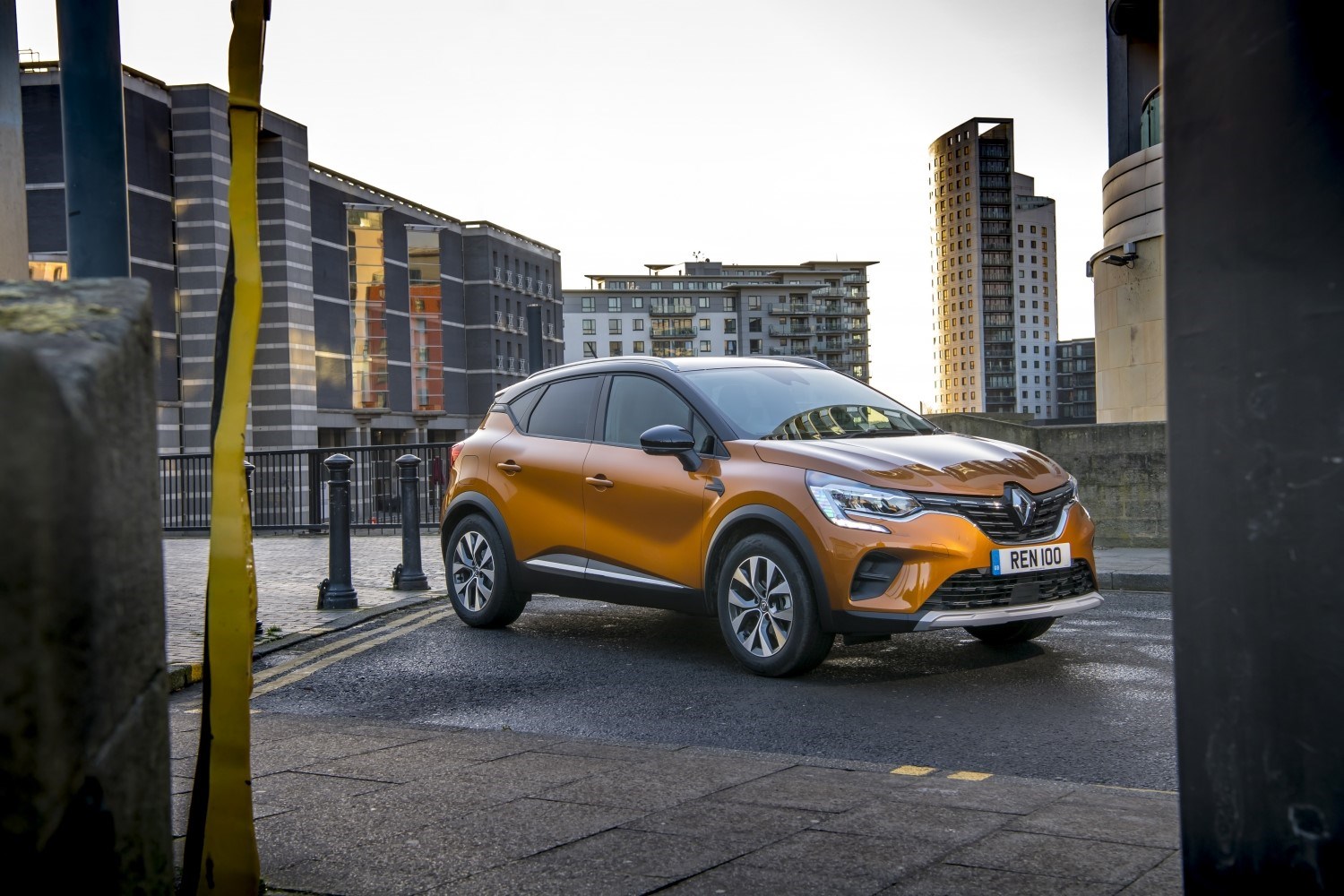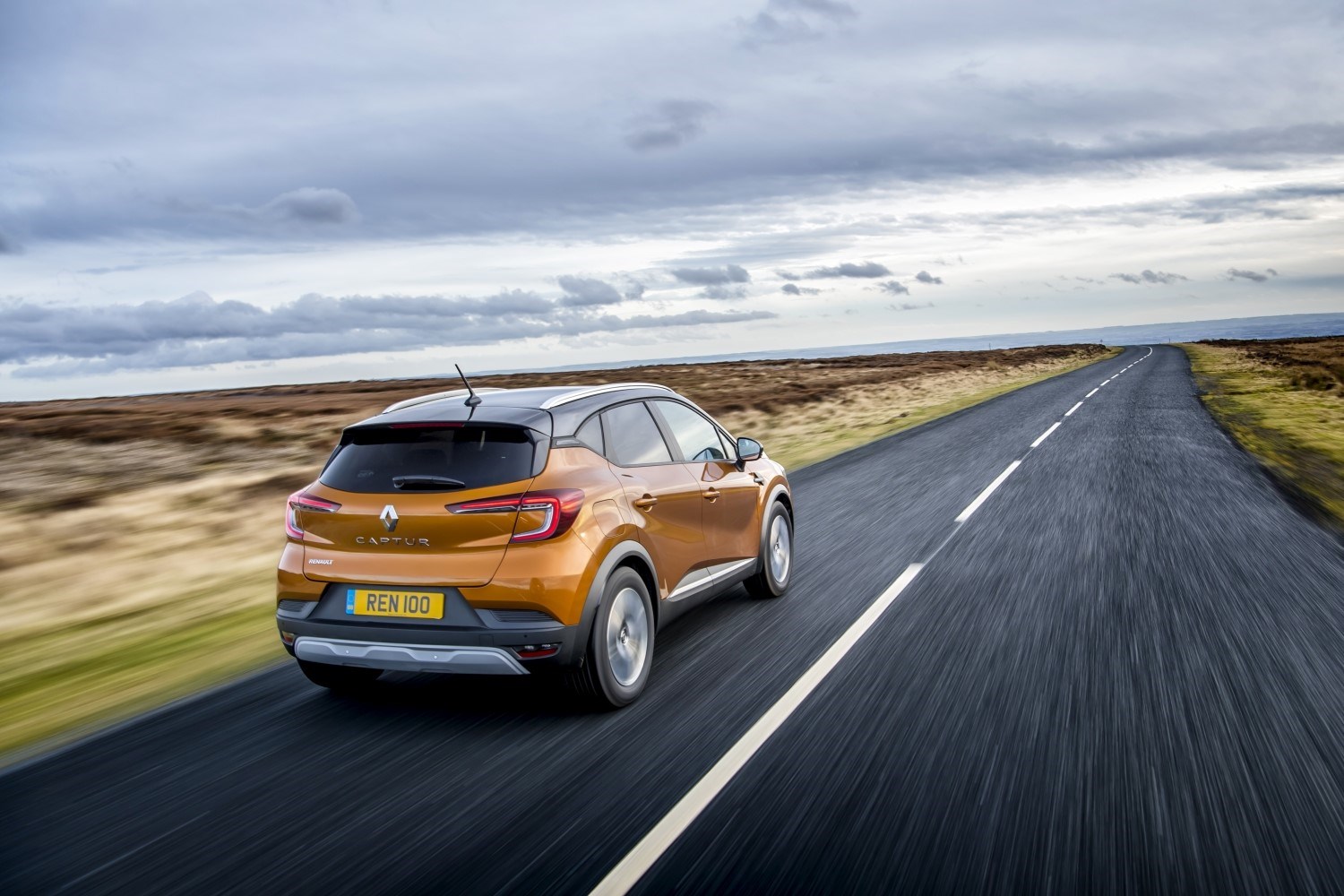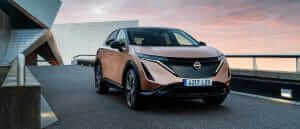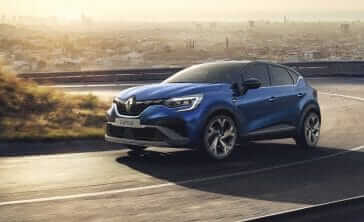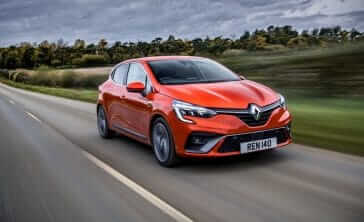Latest model
Jump forward to 2020 and there is now a new second-generation Captur. It’s again based on the Clio’s new CMF-B platform, which allows it to be roomier and incorporate hybrid powertrains for the first time. In fact, the Captur is Renault’s first plug-in hybrid model to be produced, while a regular hybrid model has helped to broaden the French firm’s electrified range too.
This new Captur also sees some major advances when it comes to the interior, with the cheap cabin of its predecessor being replaced by a much classier and upmarket look and feel. There’s a touchscreen available measuring up to 9.3 inches, along with a large digital dial system, though this is optional – even on the most expensive version.
As for styling, it’s best to say Renault has taken an evolutionary approach, though given the styling was one of the things that attracted people to the Captur in the first place, it’s easy to see why.
Value for money
Prices for the Captur start from £20,595 and it’s pretty bang on the money considering the levels of standard kit. It’s a bit pricier than the Nissan Juke but noticeably cheaper than rivals like the Ford Puma. Given it comes with LED headlights, a touchscreen and a host of safety equipment, it’s certainly appealing. The lower-spec Play and Iconic models also are undoubtedly the best value, as top-spec S Edition cars aren’t cheap, and you have to question whether you really need all the extra tech.
At the time of writing, the Captur had only just reached showrooms, though there were already some good savings off nearly-new models. You can expect to save around £2,000 off a model that’s just a few months old, in fact.
If you’re not fussed about the latest model, used Capturs start from as little as £5,000 for a low-mileage example, which makes it an appealing small family car.
Looks and image
Renault says the design of the Captur is one of the key reasons why buyers choose it, and it’s easy to see why as this is one of the best-looking crossovers around. Whether you go for the first- or second-generation version, both look fantastic, and come in various bright and bold colour schemes to add to the appeal.
This new model is even more stylish, though, thanks to its cool C-shaped lights and more modern look. All versions bar the entry-level Play also come with great two-tone styling, which sees the top half of the car painted in a different shade to the rest.
But this interior feels like the biggest step forward for the Captur. The old car’s cabin was let down by a cheap interior littered with hard plastics, but this new car is a big improvement, both in terms of quality and look, with all versions now featuring a touchscreen and digital dials on the high-end versions. The bold personalisation of the exterior also features on the cabin, with colour packs available for a touch more character.
